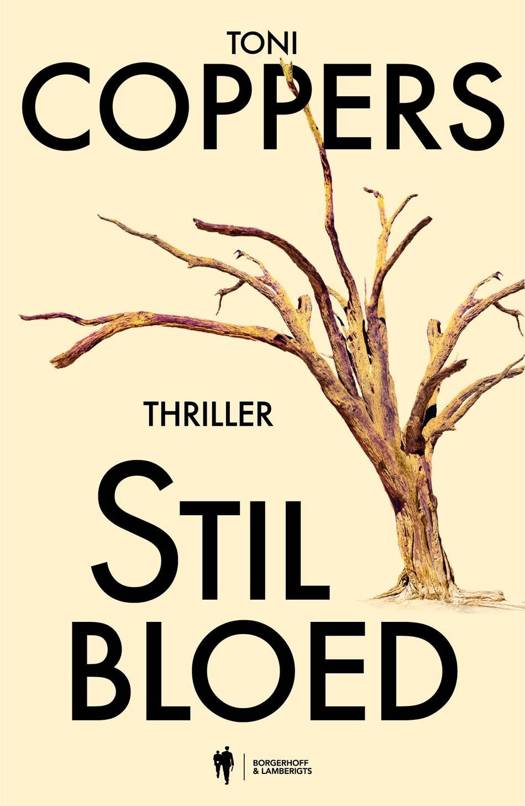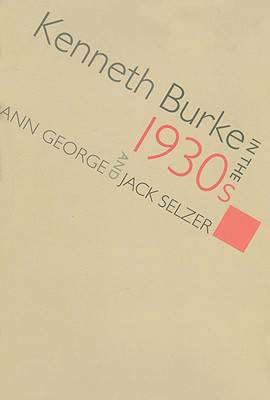
- Afhalen na 1 uur in een winkel met voorraad
- Gratis thuislevering in België vanaf € 30
- Ruim aanbod met 7 miljoen producten
- Afhalen na 1 uur in een winkel met voorraad
- Gratis thuislevering in België vanaf € 30
- Ruim aanbod met 7 miljoen producten
Zoeken
€ 65,95
+ 131 punten
Omschrijving
Kenneth Burke once remarked that he was ""not a joiner of societies."" Yet during the 1930s, he affiliated himself with a range of intellectual communities. This book discusses the importance of these relations to Burke's development and suggests that his major writing projects of the 1930s fundamentally emerged from interactions with these groups.
Specificaties
Betrokkenen
- Auteur(s):
- Uitgeverij:
Inhoud
- Aantal bladzijden:
- 344
- Reeks:
Eigenschappen
- Productcode (EAN):
- 9781570037009
- Verschijningsdatum:
- 1/11/2007
- Uitvoering:
- Hardcover

Alleen bij Standaard Boekhandel
+ 131 punten op je klantenkaart van Standaard Boekhandel
Beoordelingen
We publiceren alleen reviews die voldoen aan de voorwaarden voor reviews. Bekijk onze voorwaarden voor reviews.








